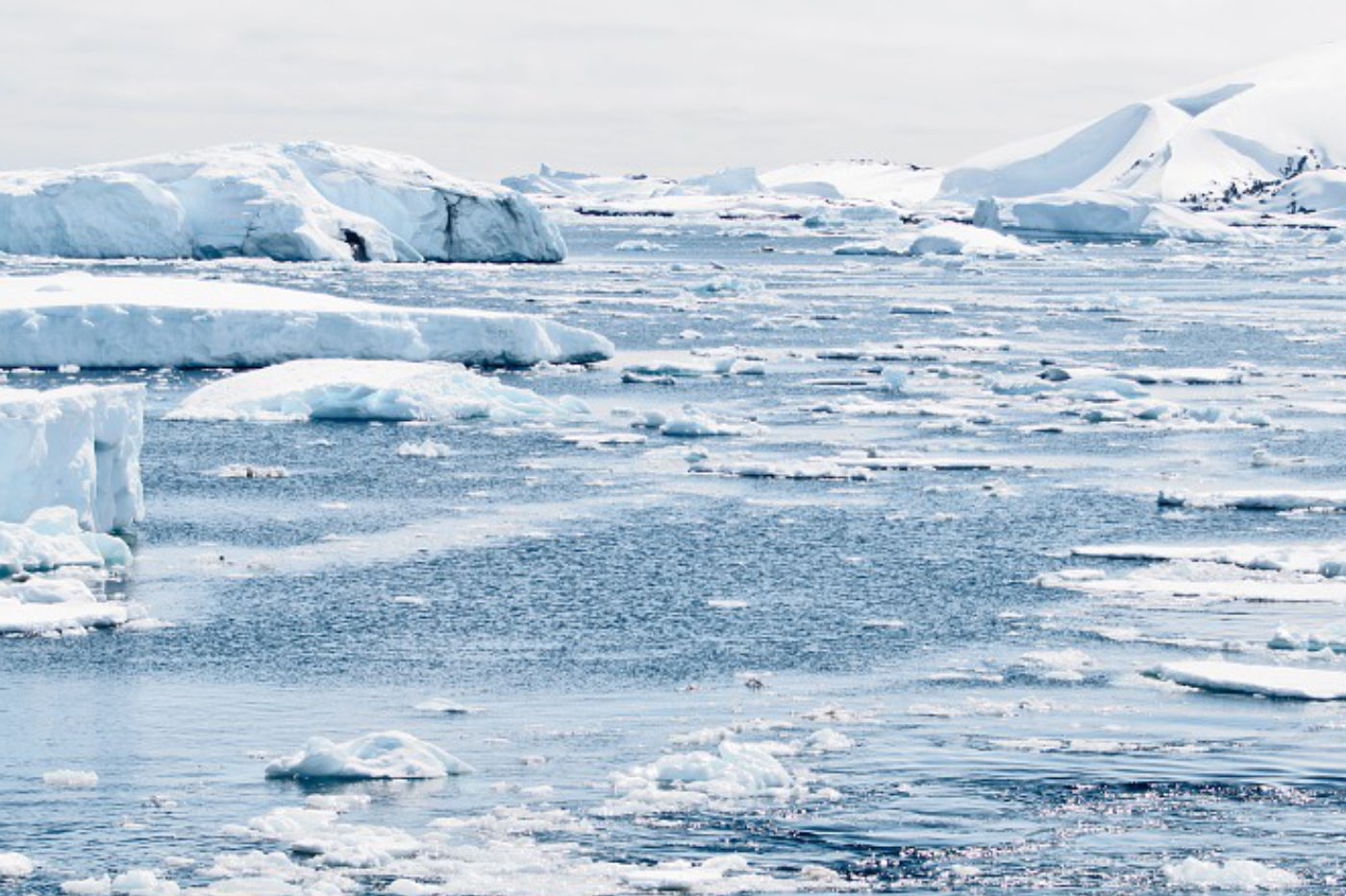
Ice cream is melting all over the planet. Even at the top of the Himalayas, the consequences of global warming are being felt.
Global warming is visible everywhere, all the time. But in extreme environments like the hot deserts of Africa and Asia, or the dense forests of Australia and the Amazon, the consequences of these global temperature changes are even more marked. The best-known example for measuring global warming is surely the North Pole. With immense glaciers, this region of the globe is one of the coldest there is.
But under the effects of global warming, the ice is melting, the water level is rising and the changes are more and more numerous. Far from the North Pole, the high mountains of the Himalayas seemed until now rather preserved from the changes of the planet. With a mercury dropping well below 0 degrees, the effects of warming were least at 8000 meters altitude.
But even at these heights things change in what scientists are used to calling the “third pole”, because of the amount of ice that occupies the Asian massif. But this quantity is shrinking at an alarming rate. Researchers from the University of Leeds, United Kingdom, have just published a study on this subject.
A melting that is accelerating and worrying
In their article, the scientists assure that the glaciers of the Himalayas have melted 10 times faster in the last two decades compared to the average recorded since the end of the last Little Ice Age, which occurred on Earth 500 years ago. In order to reach this conclusion, the researchers analyzed no less than 15,000 glaciers in the heart of the mountain range.
While the latter covered nearly 30,000 square kilometers a few years ago, today this figure has dropped below 20,000. The glaciers studied have therefore lost nearly a third of their size in l space less than 50 years old. But the environmental disaster does not end there.
Indeed, researchers claim that glaciers have also lost density. The loss would be almost 40%, going from some 596 cubic kilometers to just 309. That’s more than all the ice in the Alps and the Pyrenees.
A water war to be expected?
Rising sea levels caused by melting Himalayan ice should not be a problem for humanity, with scientists measuring it to between 1 or 2 millimeters depending on the scenario. It is the question of resources, particularly water, that raises questions. With ice that is melting faster and faster, they are reservoirs of fresh water that disappear before the eyes of millions of people who need it every day to live.
A situation that is not likely to get better, according to the first studies already out on this subject, it is not less than two-thirds of the ice in the Himalayas that should melt before the end of the century, enough to start a real war. of water, especially in the easternmost parts of the mountain range.



